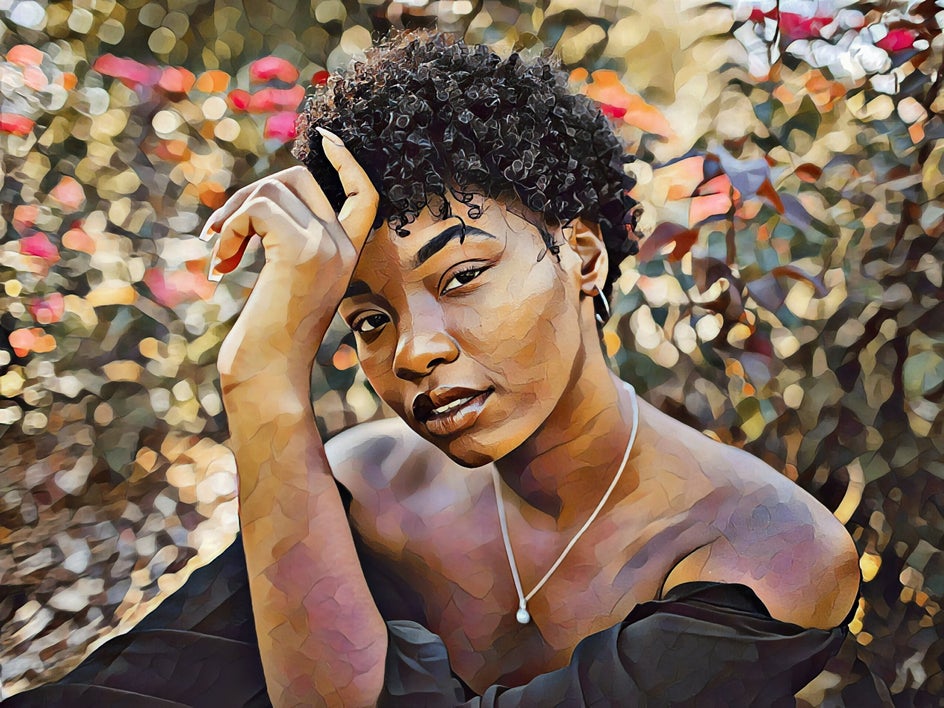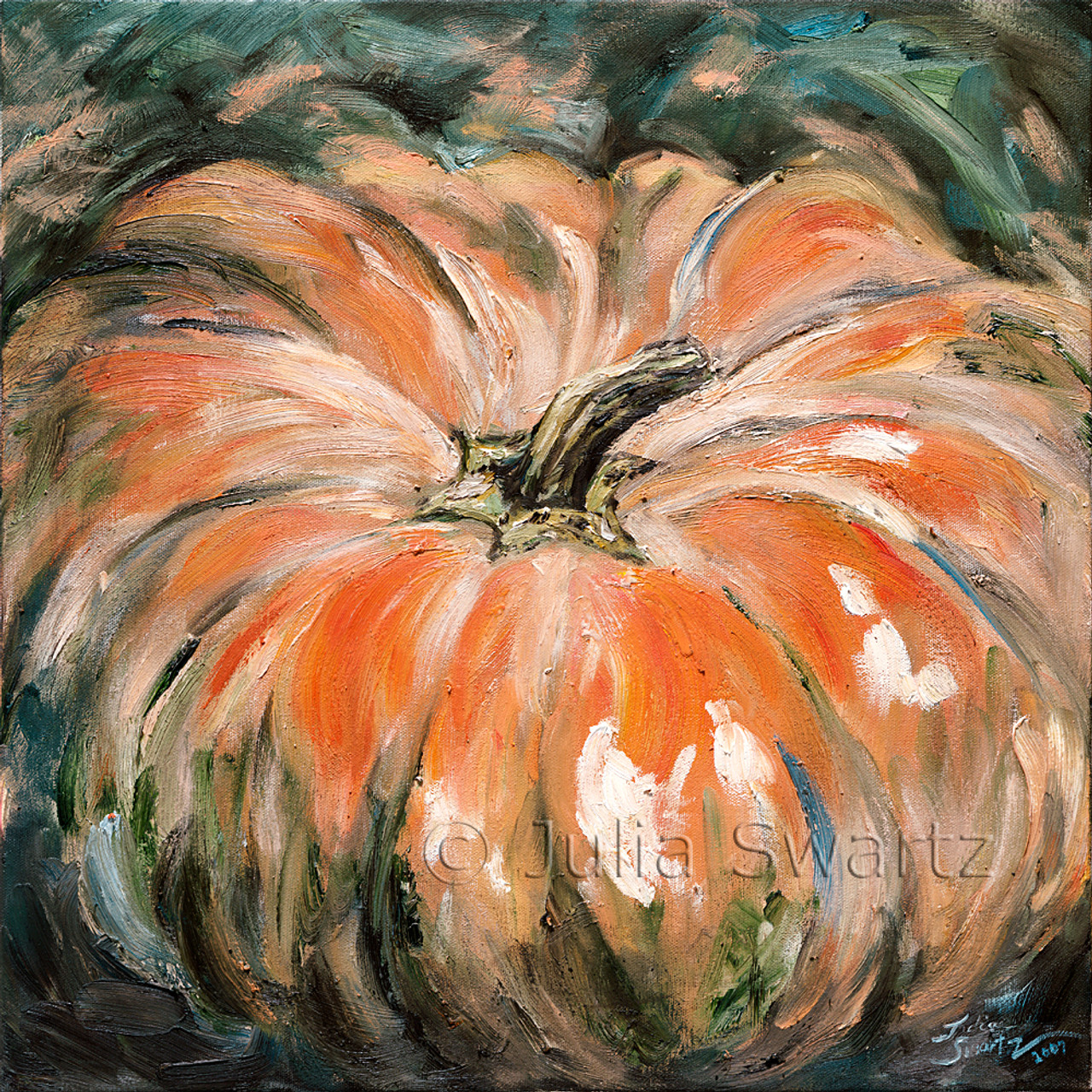Exploring All About Oil Paintings: An Overview to Recognizing Their Elegance and Worth
Oil paints have mesmerized target markets for centuries, supplying a glance right into the creative mastery of various ages. Their rich history is linked with ingenious techniques and extensive emotional expression. Understanding the products and methods behind these art work can boost recognition. In addition, the marketplace for oil paintings presents possibilities for collectors and investors alike. As one explores this remarkable globe, the question emerges: what makes an oil paint truly beneficial?
The Background of Oil Painting: A Trip Through Time
Oil painting has origins that date back to old times, it really thrived throughout the Renaissance, when artists discovered its adaptability and rich shade potential. Early instances can be mapped to the 7th century, with methods evolving notably throughout cultures. The tool became prominent in Northern Europe in the 15th century, especially through the jobs of musicians like Jan van Eyck, who spearheaded its usage for comprehensive realistic look and vibrant colors. This period noted a separation from tempera paints, permitting better depth and texture. As oil painting spread, it affected countless artists, leading to masterpieces by distinguished numbers such as Leonardo da Vinci and Rembrandt. The medium's legacy continues, shaping the art globe well into modern-day times.
Understanding Oil Paints: Products and Techniques
As musicians discover the world of oil paints, they run into a diverse range of products and strategies that specify this tool. The primary components of oil paint include pigments, which give shade, and drying oils, such as linseed, that bind the pigments and help with application. Different ingredients can modify the paint's structure and drying out time, improving convenience. Techniques like glazing, where transparent layers are developed up, and impasto, which entails using thick paint, permit various visual effects. Furthermore, making use of brushes, combination blades, and also fingers can produce special appearances and coatings. Comprehending these strategies and products enables artists to totally express their creativity and accomplish the desired impact in their artwork.
The Role of Shade in Oil Paints
Color plays an essential function in oil paintings, affecting both visual appeal and psychological vibration. Comprehending shade concept basics, consisting of the connections between tones, can improve an artist's capability to convey state of mind and ambience. Additionally, understanding shade mixing strategies permits better depth and richness in a painting's combination.

Color Concept Fundamentals
Recognizing color theory is important for artists functioning with oil paints, as it develops the foundation for developing harmonious and visually engaging structures. Shade theory encompasses the research of exactly how shades connect, the color wheel, and the relationships between primary, additional, and tertiary colors. Artists use complementary colors to boost contrasts and produce prime focus, while analogous shades promote unity and cohesiveness within a piece. In addition, the ideas of cool and warm shades influence the assumption of depth and area in a paint. Realizing these principles enables musicians to adjust color efficiently, guiding the visitor's eye and connecting their designated message. Mastery of shade theory eventually enriches a musician's capacity to convey feelings and ideas via their work.
Psychological Effect of Shade
The emotional impact of color in oil paints plays a crucial duty in exactly how visitors view and connect with art work. Shades evoke particular feelings and state of minds, influencing the audience's emotion. As an example, warm colors like oranges and reds can produce a sense of warmth and power, while trendy tones such as blues and eco-friendlies typically stimulate peace or self-contemplation. Artists tactically select color palettes to improve narrative aspects, directing the audience's emotional journey. The saturation and contrast of colors further amplify these effects, drawing interest and developing focus. Inevitably, the interaction of colors in oil paints not just enhances their aesthetic appeal however likewise offers as an effective tool for psychological expression, improving the customer's experience and analysis.
Color Combining Techniques
While many aspects of oil paint contribute to the total structure, understanding shade mixing methods is essential for achieving desired effects and deepness. Shade blending can be approached through numerous techniques, including the subtractive and additive processes. Additive blending includes integrating colors of light, while subtractive blending counts on pigments, where colors mix to produce brand-new tones. Musicians usually use a limited palette to develop harmonious jobs, recognizing the connections between key, second, and tertiary shades. Methods such as glazing and scumbling additionally enhance depth and luminance. By masterfully mixing shades, an artist can stimulate feelings, create prime focus, and attain a sense of realistic look, eventually elevating the paint's visual and emotional effect.
Famous Oil Painters and Their Iconic Functions

Well known for their proficiency of shade and strategy, oil painters have created some of the most renowned art work in background. Prominent artists like Vincent van Gogh captivated audiences with his emotive brushwork in "Starry Night," while Claude Monet's "Perception, Dawn" laid the foundation for Impressionism. Leonardo da Vinci's "Mona Lisa" continues to be a long-lasting icon of artistic genius, showcasing his skill in capturing human expression. Rembrandt's "The Night Watch" shows his innovative use of light and darkness. Various other noteworthy figures include Pablo Picasso, that changed get more info modern art with his bold trial and error in jobs like "Les Demoiselles d'Avignon," and Georgia O'Keeffe, whose lively representations of blossoms and landscapes aided specify American innovation. Each musician's special style contributed considerably to the oil painting landscape.
How to Evaluate the Quality of an Oil Paint
Assessing the quality of an oil paint includes a careful assessment of workmanship methods, as well as an evaluation of shade and composition. Observing brushwork, layering, and the application of paint can expose the musician's skill degree. Additionally, the interaction of colors and the total plan of aspects add significantly to the painting's visual value.
Analyzing Workmanship Techniques
A meticulous evaluation of craftsmanship methods is vital for identifying the quality of an oil painting. Critics must initially examine the application of paint; thick, distinctive brushstrokes may suggest a proficient hand, while excessively consistent applications might suggest an absence of deepness. oil paintings for sale. The layering method is likewise important; the visibility of glazes and differed density can enhance brightness and intricacy. Furthermore, the top quality of the materials utilized, such as the canvas and pigments, plays a substantial role in durability and general visual. Attention to detail in aspects like sides and shifts between shades mirrors the musician's commitment to their craft. Ultimately, these techniques add to the painting's emotional effect and market price, offering as indicators of the artist's ability and intent
Assessing Color and Structure
While examining the top quality of an oil paint, one must focus on the interaction of shade and composition, as these aspects are fundamental to the artwork's total impact. Color selections can evoke feelings and establish mood; consequently, the artist's combination need to be analyzed for consistency and comparison. A well-balanced structure routes the viewer's eye and produces a feeling of unity. Artists typically use techniques like the guideline of thirds or leading lines to boost aesthetic interest. Furthermore, using light and darkness can add depth, improving the three-dimensionality of the paint. Ultimately, a successful oil painting marries shade and make-up, engaging the audience and inviting a much deeper admiration of the musician's vision and method.
Taking care of and Preserving Oil Paintings
Appropriate care and conservation of oil paints is necessary for keeping their integrity and durability. To secure these art work, it is essential to present them away from straight sunshine, which can trigger fading and discoloration. Keeping a stable setting with regulated temperature and moisture more aids in protecting against damages. Cleaning up ought to be done carefully utilizing a soft, completely dry cloth, staying clear of any type of severe chemicals that can damage the paint or varnish. Normal evaluations for indicators of damage, such as splitting or flaking, are advisable. When keeping or moving oil paintings, proper cushioning and framing are needed to prevent physical harm. Inevitably, thorough treatment adds to the aesthetic appeal and value of oil paints in time.
The Marketplace for Oil Paintings: Gathering and Spending
Comprehending the marketplace dynamics for oil paints is important for capitalists and collectors alike. The worth of these artworks is affected by various aspects, including the musician's credibility, historic value, and current patterns. Enthusiasts typically look for pieces that resonate personally while thinking about potential gratitude in value. Public auctions and galleries offer as primary venues for trading, with costs varying based on demand and rarity. Buying oil paints calls for study right into the market, in addition to an understanding of credibility and provenance. In addition, arising musicians might supply opportunities for significant returns, while developed names can regulate high costs. Overall, a calculated strategy to accumulating can generate both visual satisfaction and financial rewards.

Regularly Asked Questions
What Are the Environmental Impacts of Oil Paint Materials?
The ecological impacts of oil paint materials consist of the release of unpredictable natural compounds (VOCs), unsafe waste generation, and resource removal for pigments. These aspects contribute to air pollution and ecological destruction, raising problems among eco conscious musicians and consumers.
Exactly How Do Various Canvases Impact Oil Paint Results?
Various canvases influence oil painting results substantially. Surface area, absorbency, and texture quality can alter paint application, drying out times, and color vibrancy. Artists usually choose particular canvases to accomplish preferred impacts and boost their creative expression.
Can Oil Paintings Be Restored if Damaged?
Oil paintings can certainly be restored if harmed. Specialist conservators make use of different strategies to fix splits, clean surface areas, and address staining, making sure that the artwork retains its initial appeal and value for future generations.
What Are the Signs of an Initial Oil Painting?
The signs of an initial oil painting consist of noticeable brush strokes, texture variants, and an unequal canvas weave (oil paintings for sale). Additionally, credibility may be validated with provenance, signatures, and the visibility of a varnish layer special to oil mediums
Just How Has Modern Technology Influenced Modern Oil Painting Techniques?
Technology has greatly affected modern-day oil paint techniques by introducing electronic tools for preparation, enhanced products for structure and long life, and on the internet systems for sharing and offering art, consequently expanding artists' imaginative possibilities and target market reach. Oil painting has roots that date back to ancient times, it really thrived during the Renaissance, when musicians uncovered its versatility and abundant shade capacity. The emotional influence of shade in oil paintings plays a critical duty in exactly how customers connect and regard with art work. While numerous facets of oil paint contribute to the total structure, mastering color blending strategies is necessary for accomplishing preferred results and deepness. Assessing the top quality of an oil paint involves a careful evaluation of craftsmanship methods, as well as an evaluation of shade and composition. While evaluating the high quality of an oil paint, one have to focus on the interplay of color and structure, as these aspects are basic to the art work's total impact.